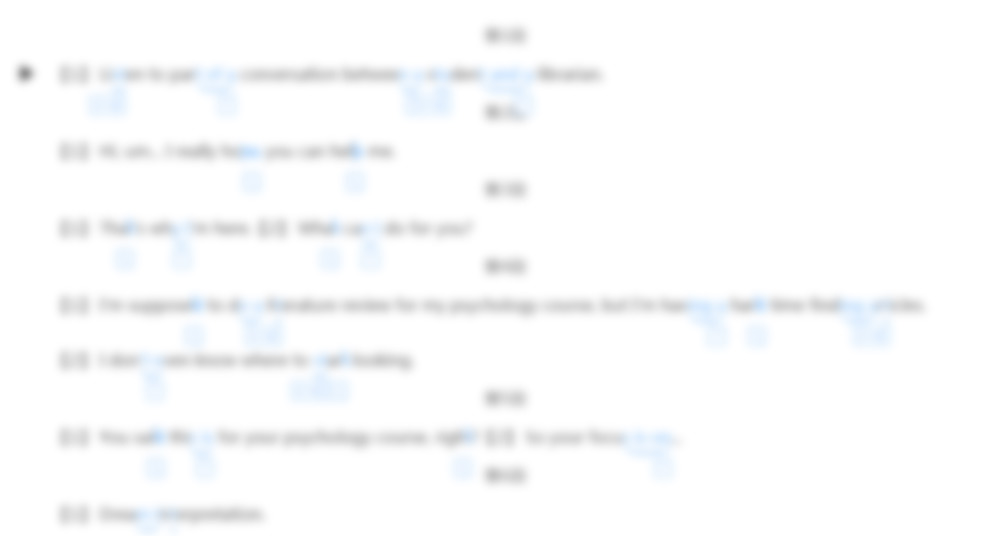00:00 / 00:00
 托福-54 L2 Benefits of Muon Detectors 退出
托福-54 L2 Benefits of Muon Detectors 退出
保存成功!
您有精听标记未作保存
直接离开将不会保存本次的标记喔!
段落总结
第段
请你对每段的段落中心和段内展开分析后逐点列出
- 段落中心:
- 段落展开:
-
添加
听错的词
听成:
- 第段
-
段落中心:段内展开:
- 第段
-
段落中心:段内展开:




